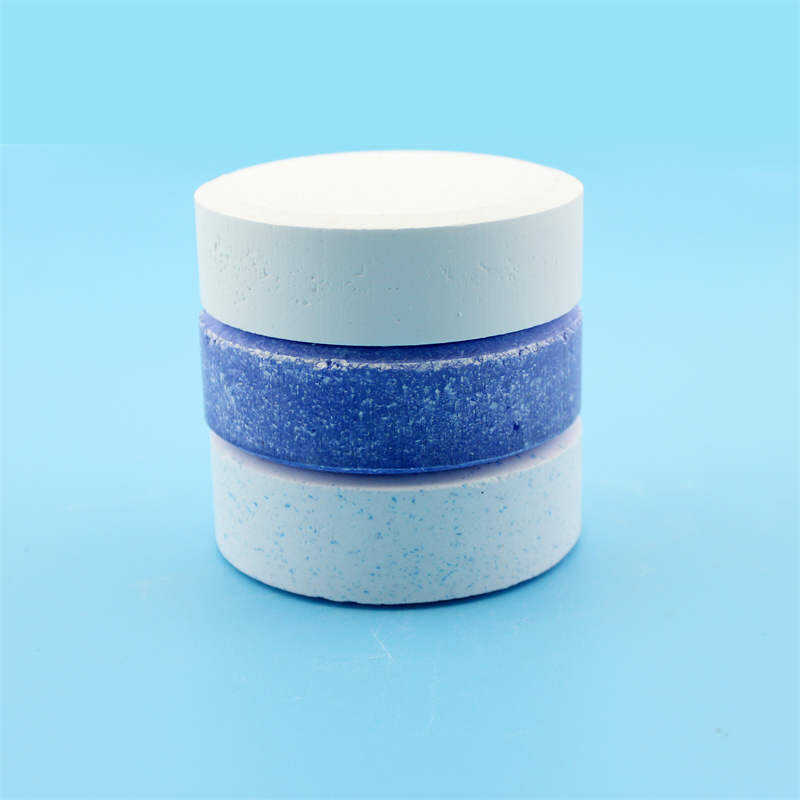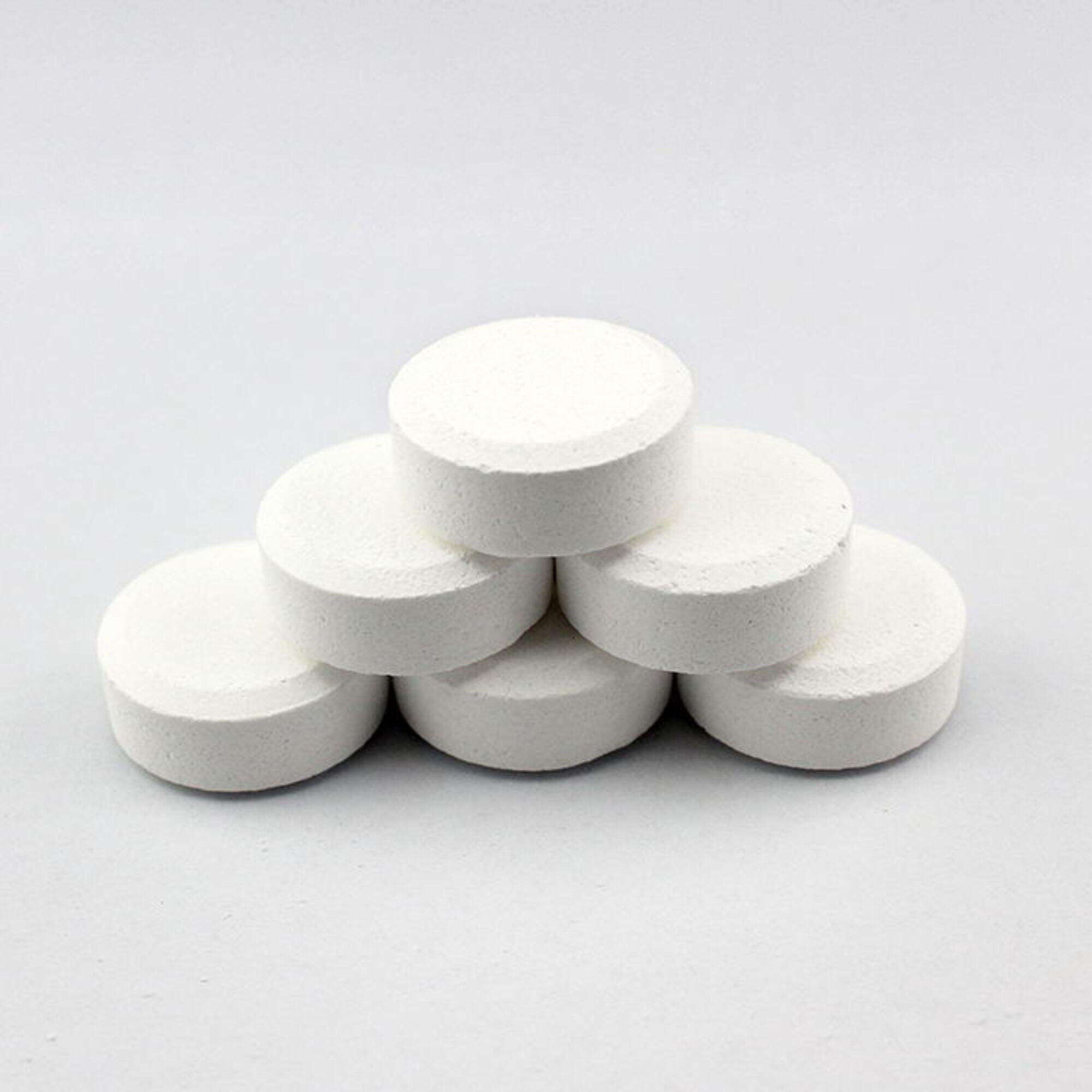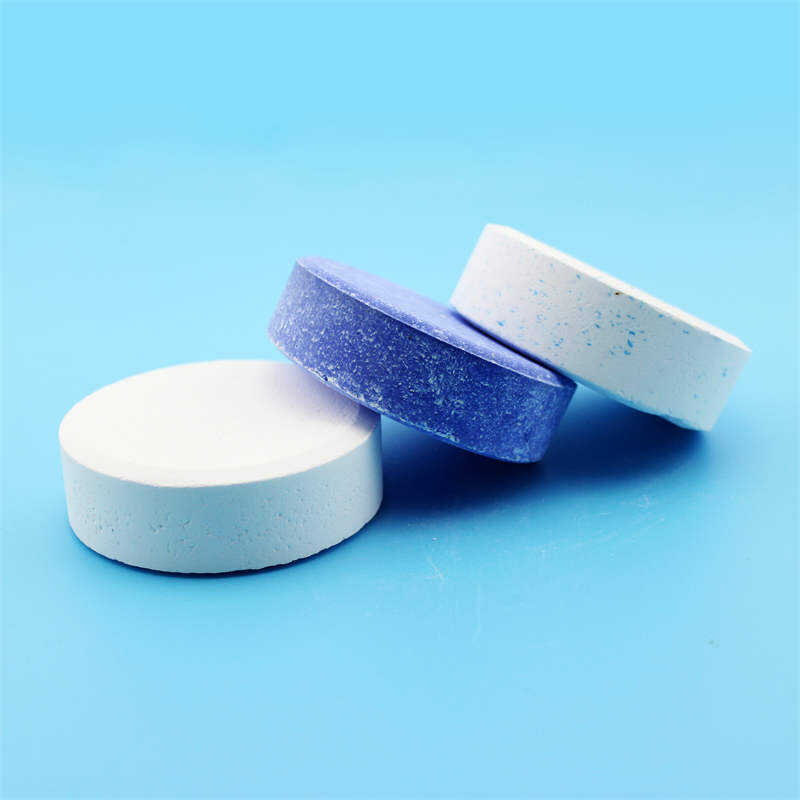Tel: +86-532 85807910
Email: [email protected]
- HOME
- PRODUCTS
- ABOUT US
- SOLUTION
- EXHIBITIONS
- NEWS & EVENT
- CONTACT
Tel: +86-532 85807910
Email: [email protected]
Isocyanuric acid is a key chemical for maintaining a clean and safe swimming pool. It also helps prevent the chlorine in the water from getting off-gassed, as chlorine is necessary to kill germs and bacteria. Find out more about how isocyanuric acid aids in pool maintenance.
Isocyanuric acid is a unique chemical that safeguards the chlorine in your swimming pool. The primary chemical used to keep pools clean is chlorine, which kills germs. But when chlorine is in the sun, it can be quickly destroyed. Isocyanuric acid works like a shield, insulating chlorine from the sun’s rays and extending its life. What’s more, you will be able to add chlorine to your pool less frequently, so you ultimately save time and money.
Isocyanuric acid binds to the chlorine in the water, preventing it from being broken down. This allows the chlorine to stay strong and not dissipate as quickly when the sun is out. Chlorine works better and lasts longer in your pool if you maintain the proper level of isocyanuric acid. This helps to keep your swimming water clean, and safe for you and your family.

The moment you’re pouring chlorine into a pool, it’s beginning to break down as soon as it hits sunlight.” This mechanism is known as chlorine decay. Isocyanuric acid slows this by creating a protective barrier around the chlorine. This barrier protects the chlorine from the sun’s rays, which can damage the chlorine so that it loses its ability to work and keep the water clean.

You should keep an eye on level of isocyanuric acid in your pool. If there’s too much, the chlorine will be consumed too fast, and your pool will be dirty. Too much isocyanuric acid can inhibit the effectiveness of the chlorine. You can maintain your pool’s cleanliness and safety for swimming by testing the water and maintaining a proper level of isocyanuric acid.

If you are unfamiliar with using isocyanuric acid, go slow and follow the instructions. Start by testing the water to find out how much isocyanuric acid is present. Then, pour the correct amount of isocyanuric acid to achieve the ideal level. Continue to test the water periodically to ensure the isocyanuric acid level remains within the correct range.